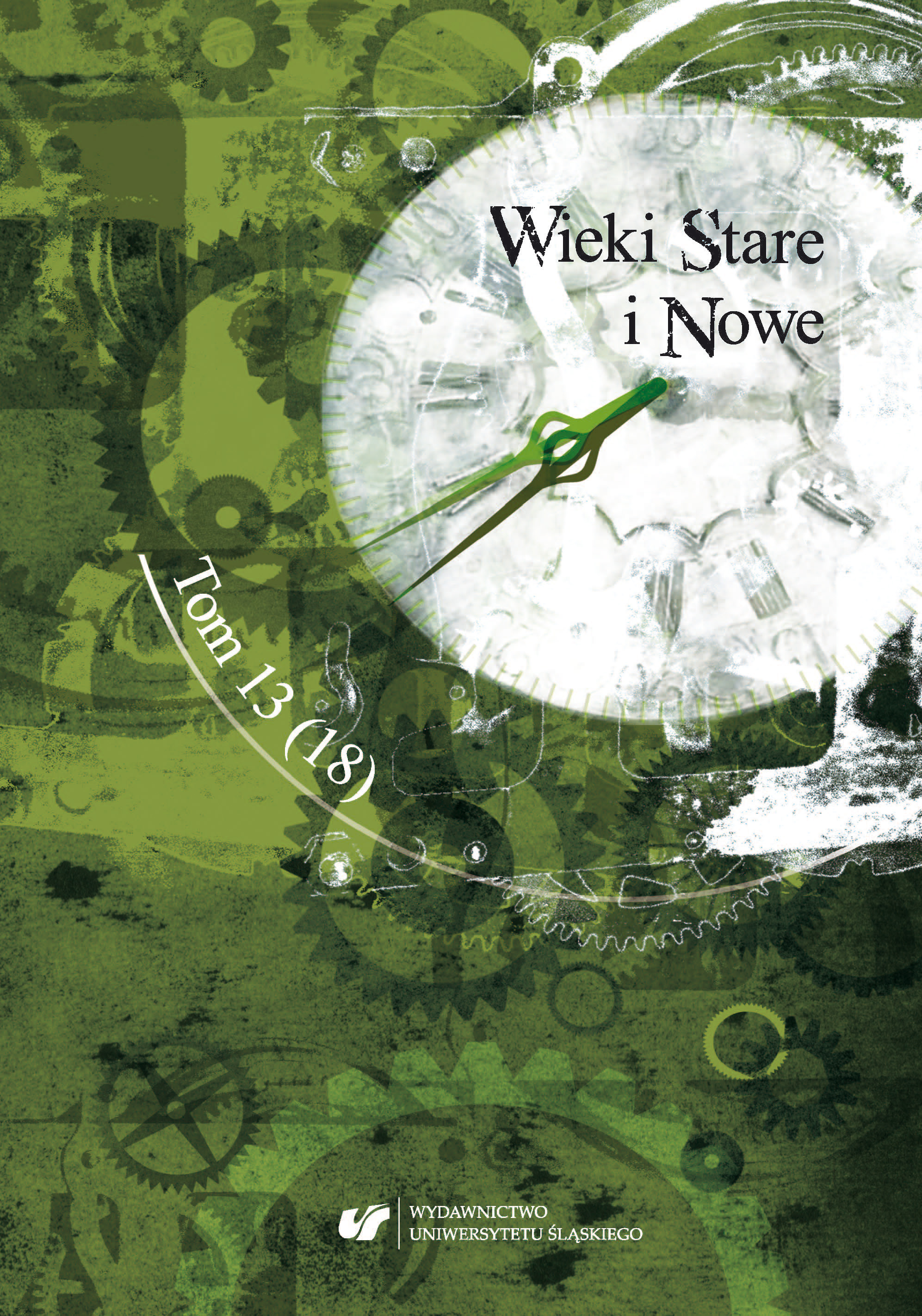Największa tragedia noworudzkiego górnictwa z 10 maja 1941 roku i jej skutki społeczne
The greatest mining disaster of the Neurode area from the 10th of May 1941 and its social consequences
Author(s): Kacper ManikowskiSubject(s): History, Economic history, Local History / Microhistory, Military history, Social history, Fascism, Nazism and WW II
Published by: Wydawnictwo Uniwersytetu Śląskiego
Keywords: mining industry; the Wałbrzych-Nowa ruda region; mining disasters; Second World War; POWs (prisoners of war)
Summary/Abstract: The Neurode (Nowa Ruda) land is considered the oldest area of coalmining located within the borders of today’s Poland. First mentions about coal mines in the region come from municipal records of the year 1434. However, the mining industry thriving at the beginning of the 20th century there had to incur numerous accidents and underground disasters. The most tragic and extensive among them took place in 1941 when, as a results of natural gas explosion, 187 people lost their lives, including one English prisoner of war. The then Nazi German authorities managed to effectively “silence” any information spreading about the disaster. Yet, some press releases appeared in the printed media of the region. The article presents social consequences of losing by local families their breadwinners and the scope of material aid granted to widows and children of the miners who tragically perished. What stemmed from the death of the “Ruben” mine’s one-third of the underground crew were problems with effective exploration of the fossil fuel, as well as the need to fill the staff shortage with POWs. After many year, also the mystery of the Englishmen perished in 1941 has been solved; he was a young cannoneer Charles William (Chick) Page.
Journal: Wieki Stare i Nowe
- Issue Year: 18/2018
- Issue No: 13
- Page Range: 206-218
- Page Count: 13
- Language: Polish

